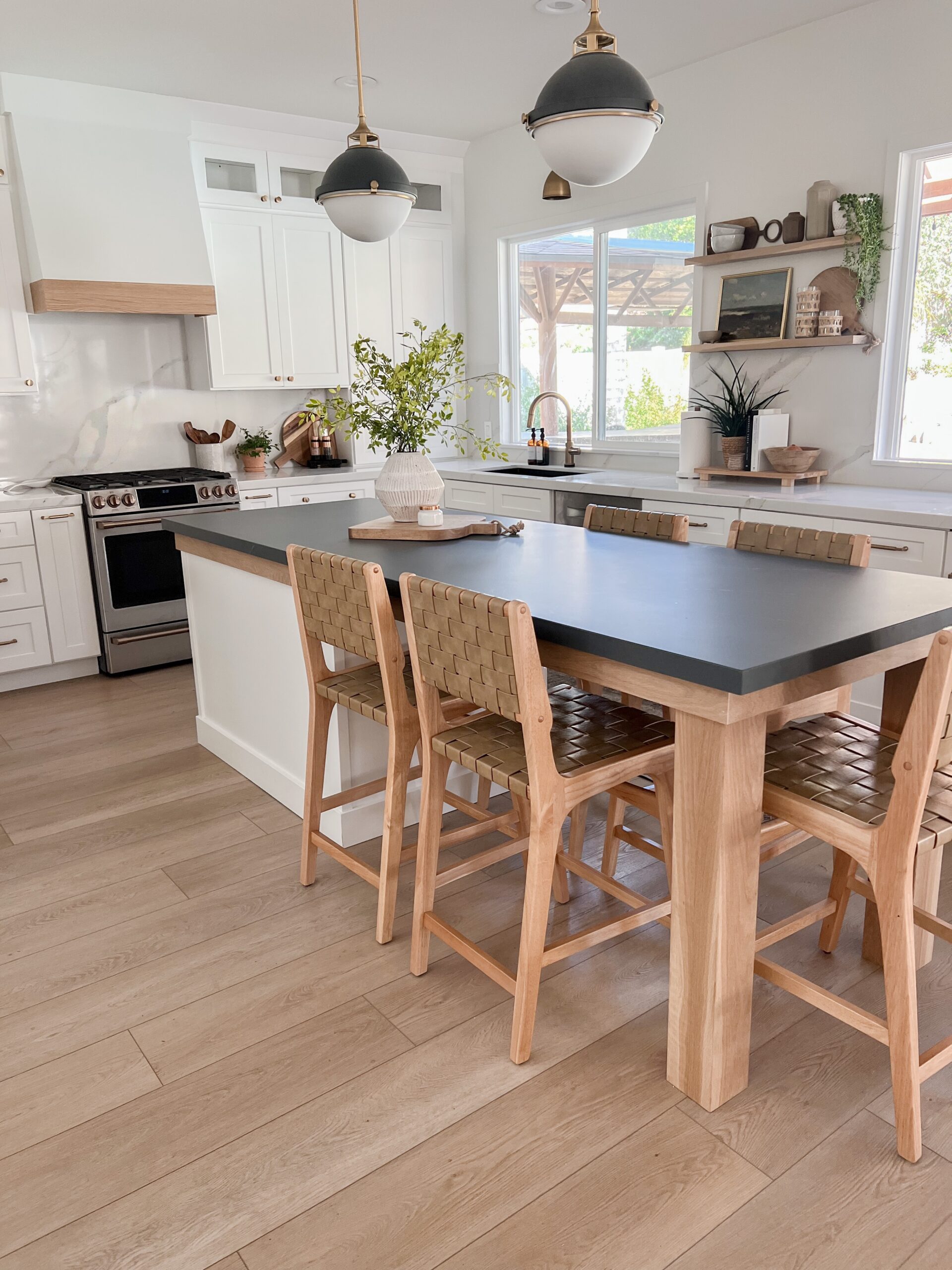Upgrade Your Kitchen's Visual with Costs Legs For Kitchen Island
Upgrade Your Kitchen's Visual with Costs Legs For Kitchen Island
Blog Article
An Overview to Picking the Perfect Legs For Cooking Area Island for Your Home
Choosing the optimal legs for your kitchen area island is a nuanced choice that influences both the functionality and aesthetic charm of this central space. As you think about these components, it becomes evident that the appropriate legs can change not only the look of your kitchen area yet likewise its use for years to come.

Understanding Kitchen Island Legs
When selecting legs for a kitchen island, it's necessary to understand their aesthetic and useful duties in the total design. The legs act as a critical support system, ensuring stability and sturdiness for the island, which usually works as a work space, eating area, or collecting place. Consequently, the selection of product and building and construction strategy should be robust sufficient to endure everyday use and potential wear.
Along with their structural responsibilities, legs add significantly to the island's visual charm. They can improve the kitchen area's design, whether via standard, modern, or eclectic styles. The height and proportion of the legs are also critical considerations; they have to balance with the island's kitchen counter elevation while ensuring comfy seating for those making use of the space.
Furthermore, the leg design can affect the overall circulation of the kitchen area. Open, airy leg designs can create a feeling of lightness, while solid, considerable legs may communicate an extra based and secure visual - Legs For Kitchen Island. Recognizing these functional and visual elements will certainly assist property owners in making notified choices that complement their kitchen area's design and improve its usability
Popular Styles and Materials
The option of legs for a cooking area island incorporates a variety of popular designs and materials, each offering unique attributes that can improve both capability and appearances. Amongst the most desired styles are modern, rustic, and conventional. Contemporary legs commonly include streamlined, minimalist styles that stress simpleness and clean lines, making them ideal for modern kitchen areas. Rustic styles, on the various other hand, welcome natural components and commonly showcase reclaimed wood or distressed surfaces, adding heat and charm to the space. Conventional legs normally exhibit ornate information and craftsmanship, boosting traditional kitchen area designs.

Elevation and Stability Considerations

Stability is another essential consideration. The legs of the cooking area island should offer adequate assistance, guaranteeing that the structure can withstand daily use without shifting or tottering. Material selection plays a considerable duty in stability; steel legs, as an example, tend to supply better strength contrasted to timber. Additionally, guaranteeing that the island is securely secured to the flooring or wall can boost security, specifically for larger islands that may bear considerable weight.
Matching Your Kitchen Area Aesthetic
Picking the best legs for your kitchen investigate this site area island exceeds capability; it additionally plays a substantial role in the overall visual of the area. When picking legs, think about the design style of your cooking area. For a modern look, smooth metal or minimalist styles can produce a tidy, modern-day ambiance. On the various other hand, conventional or rustic cooking areas frequently profit from wood legs with complex detailing or a distressed coating, improving heat and personality.
Legs that match or contrast with your island's surface area and surrounding cabinetry can create visual consistency or striking focal points. In addition, consider the surface of the legs; matte, glossy, or distinctive finishes can significantly influence the total feeling of the kitchen.
Setup and Maintenance Tips
Installing cooking area island legs requires careful focus to detail to ensure both stability and visual appeal. Begin by selecting a suitable place for your island, ensuring it is level and has sufficient space for activity. If you are attaching the legs to a wall surface or using brackets for added support, use a stud finder to locate wall surface studs. Mark the positioning of the legs accurately before boring.
When securing the legs, use top quality screws and, if essential, wood glue for additional strength. For metal legs, make sure that you are utilizing proper supports and devices to avoid damage to your floor covering. It is suggested to look for levelness after installation, making changes as required to avoid tottering.
Clean the legs with an ideal cleaner, avoiding unpleasant products that may scrape the surface. By complying with these installation and upkeep suggestions, you can make sure that your kitchen area island legs stay both visually appealing and functional.
Final Thought
To conclude, choosing the appropriate legs for a kitchen island requires cautious consideration of elevation, stability, and aesthetic compatibility. By selecting ideal materials and styles that align with the total cooking area layout, functionality can be boosted while preserving aesthetic allure. Appropriate installment and continuous maintenance better add to the durability and long life of the kitchen area island. Ultimately, thoughtful leg choice my company plays a crucial duty in raising both the practicality and layout of the cooking area area.
When choosing legs for a cooking area island, it's essential to recognize their practical and visual functions in the overall style. Open, ventilated leg styles can create a feeling of lightness, while strong, considerable legs might convey a much more grounded and steady visual. The legs you can try these out of the kitchen area island need to provide appropriate assistance, guaranteeing that the framework can hold up against daily use without shifting or wobbling.Installing kitchen area island legs calls for mindful focus to detail to guarantee both security and aesthetic appeal.In conclusion, choosing the proper legs for a kitchen island necessitates cautious consideration of height, security, and visual compatibility.
Report this page